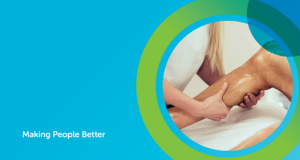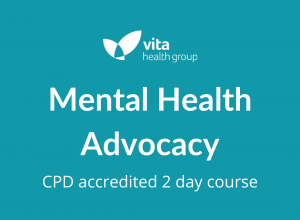Share
Justin Walsh is a CPPG physiotherapist and exercise physiologist, with both professional and personal experience in the field of triathlon. He has worked with triathletes of all levels to help them prevent or recover from injury. Justin has a wealth of experience in the diagnosis of sports injuries and uses a range of physio “tools” to help his patients, including: Manual therapy, exercise prescription, running gait analysis, bike fit and training program prescription/adjustment.
Outside of his profession, Justin regularly competes in triathlon races of all distances. His personal bests include a 2:03 Olympic Distance and a 9:16 Ironman. He has also qualified for the 2017 Ironman World Championships in Kona, Hawaii on the 14 October.
3 key Injury Prevention strategies to maximise your training and help you achieve a personal best.
Whether you are a triathlon first timer or a seasoned athlete, training for a triathlon is a challenging task. The combination of the three triathlon disciplines requires a careful balance of training volume and prudent planning to ensure you maximise the training response without being compromised by injury. In this article I will present you with a few simple guidelines that will ensure you minimise your risk of injury so that you can focus on consistent and trouble free training.
1) Write a *training plan* at least 6 months before your race and include *periodisation*
Bone, tendon and muscle adapt and grow stronger in response to training load, but this process takes time. Any sudden changes in frequency/intensity/duration put you at risk of injury and also prevent the body from recovering adequately to adapt to training load. Ideally you should choose a race that is at least 6 months away and write down the basic structure of the training plan you will follow. This plan should be periodised, which means divided into separate blocks, each with a specific focus. There are many different ways to periodise a training plan, but the most commonly used follows the following pattern:
- 12 weeks or more of “base training”, which involves slowly increasing your swim/bike/run durations while keeping the intensity low to moderate, allowing the body time to adapt. This phase should also include 2-3 days of resistance training.
- 8-10 weeks of “build training”, where you begin to introduce higher intensity training such as intervals and tempo workouts. In this phase the resistance training reduces to 1-2 days per week.
- 2-3 weeks of “peak training” or “taper”, where you gradually reduce your training volume and perform some shorter workouts that simulate the intensity, terrain and equipment of your race.
2) Include *resistance* training into your plan
Resistance training improves the capacity of your bone, joint, muscle and tendon to tolerate training load. Begin with a few weeks of gradually building up your weights to allow the body to adapt then follow the guidelines below:
- Perform 1-2 exercises for each major body part and choose compound exercises that use multiple joints at once.
- Always warm-up properly and choose free weights over machines where possible.
- For lower body, choose single leg rather than double leg exercises such as weighted step-ups, single leg press, Bulgarian lunges. This ensures that you activate your outer gluteals (hip abductors), which is a vital muscle group for injury prevention and performance.
- Perform 3-4 sets of at least 6-8 repetitions per exercise with each repetition lasting 3 seconds for the concentric phase and 3 seconds for the eccentric phase. This may be slower than you are used to but “slow, heavy resistance training” is very important for tendon adaptations.
3) Choose the right *equipment* and set it up correctly
Using equipment that is correct for your biomechanics is vital to reduce injury and maximise performance. The two most important things to consider are your running footwear and your bike fit.
- Running shoes: There is no single brand or type of shoe that works for everyone. Despite all the modern technology and gadgets, recent research suggest that you should rely mostly on how comfortable and natural the shoe feels for you. The most important factor is how the shoe allows the foot and body to relax into its natural movement pattern when you run. Therefore you should choose your shoe using the following guidelines: Attend a good store (do not buy online) that specialises in running shoes and has a good range of brands, tell the shop assistant your mileage and goals which will help them choose a class of shoe, try on multiple pairs that they suggest and go for a short jog in them. Make your final choice of shoe based on how comfortable your foot is in the shoe and how comfortable your whole running stride feels while wearing them.
- Bike fit: Whether you use a road bike or TT/Tri bike, a correct fit is vital for both injury prevention and performance. Ensuring that you are comfortable in your position will reduce abnormal strain on any one area of your body and will also allow you to develop power efficiently over long durations. If you are planning on buying a new bike, a fitter can also give you guidance on correct sizing and frame geometry before you buy.
Check back in to our News & Media page to find out how Justin gets on at Kona 14 October.
Good luck Justin!
Related News
Vita is an award-winning, CQC registered healthcare provider














